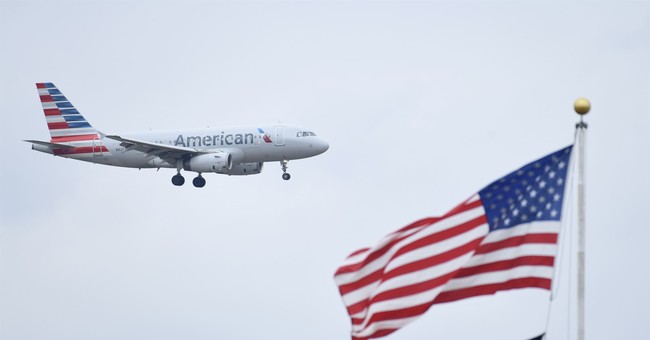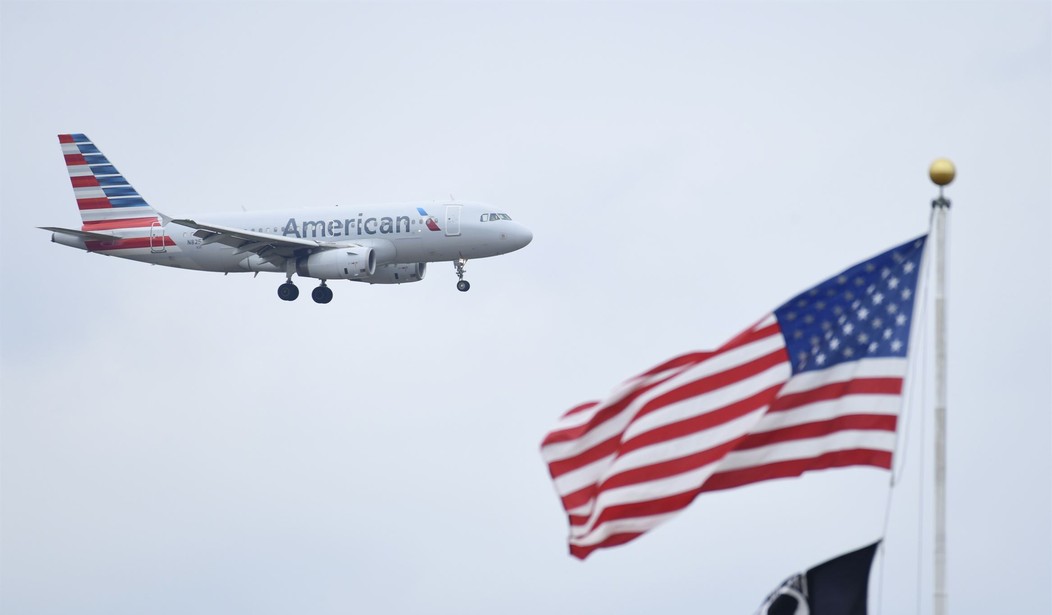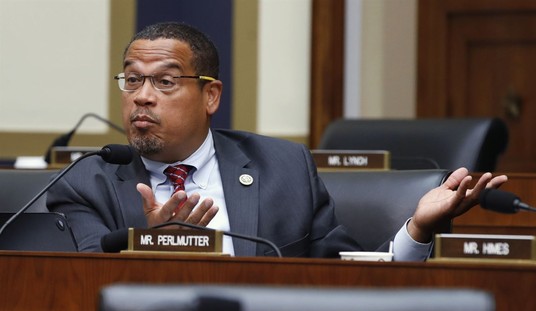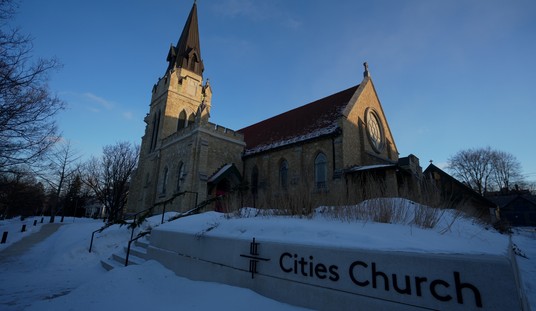
In the early days of the coronavirus pandemic, containment efforts centered on airports and screening of passengers for symptoms. If someone went to the doctor with a hint of a symptom thought to be related to coronavirus, they were questioned about any recent travel. One reason for that question was so public health officials could be alerted in the event of a positive test and contact tracing could be initiated.
Given the Los Angeles County Department of Public Health’s record of total failure in mitigating the coronavirus pandemic (particularly due to its director, “Doctor” Barbara Ferrer), it shouldn’t surprise anyone that the department failed to notify the CDC that two elderly passengers on separate long-haul flights into LAX in the pandemic’s early days tested positive for coronavirus within 36 hours of touchdown.
One passenger, a retired surgeon from New York City, traveled to Los Angeles on March 19 to be admitted to the Silverado, an assisted living facility on the Westside. At least 63 residents and staff members of that facility tested positive for coronavirus in the following weeks, and nine died, including the 32-year-old nurse who checked the doctor into the facility.
We don’t know if any of the passengers on that cross-country flight developed coronavirus because LA County Public Health officials never notified the CDC or the airline of the man’s positive test, despite their public assurance that they were “investigating each case and engaging in aggressive contact tracing to control the spread of the virus.”
The county’s “explanation” of what happened in this man’s case is laughable and completely unbelievable.
Passengers and crew on the flight from New York were obvious targets for contact tracing, but no one attempted to get in touch with them. The county health department said it didn’t learn of the surgeon’s positive test for 11 days, and at that point, “the contact information provided for the individual was incomplete and the investigator was not able to conduct an interview.“ The county formally closed the case after 14 days.
It was unclear why the contact tracers would not have turned to the Silverado for information about the surgeon. The facility filed a report with the county within hours of his positive test, providing the sick man’s name, explaining his recent arrival and giving contact information for an administrator, according to correspondence provided by the Silverado. Receiving no response, the administrator reached out again three days later and was told “we did not need to do anything further at this time,” according to a Silverado spokesman.
In addition to the Silverado’s documented report of the positive case filed with the county on March 21, the Times ran a story about the Wuhan coronavirus outbreak at the Silverado on March 28, two days before the county said they were informed about the surgeon’s positive test.
Let’s get this straight. Within nine days of the surgeon’s arrival at the Silverado there were three confirmed positive cases of coronavirus at the facility (the surgeon, his nurse, and another resident), and the county claims they didn’t know about the positive test? Then five days later they close the case, claiming they couldn’t get in touch with the surgeon or his family even though the man had been admitted to a local hospital (which presumably had contact information and maybe even some records showing his travel itinerary)?
Not credible in any way.
Nearly two weeks earlier, a woman returning from the Philippines tested positive the day after her flight landed at LAX. The woman wasn’t feeling well during her last few days overseas but wasn’t running a temperature during the trip home. Her connecting flight from Seoul, South Korea landed at LAX on March 8 and the next day she stopped breathing. She was taken to the hospital,where she died March 10, becoming LA County’s first coronavirus death.
The Department of Public Health performed some local contact tracing in her case. Through that contact tracing the woman’s family learned that the man who drove her home from the airport later contracted coronavirus and died. However, neither the CDC, its South Korean counterpart, or Asiana Airlines were notified about the positive test and death.
These failures have come to light due to an investigation by the Los Angeles Times, whose reporters questioned the Department of Public Health about their failures.
The county health department said that officials informed a CDC office at LAX about the South Korean flight. In the case of the JFK flight, its contact tracers closed the case after they were unable to reach the surgeon for an interview. The department currently has more than 1,500 contact tracers and plans to add more if cases rise.
“In March, whenever Public Health was aware that an individual traveled on an airline while potentially infectious with COVID-19, it notified the CDC,” the department said in a statement to The Times.
A CDC spokesperson begged to differ:
A CDC spokesman said its records indicated that in the LAX cases, L.A. public health officials never alerted the agency about the flights so that contact tracing could be initiated.
“Any delay in contacting exposed individuals will increase the likelihood of disease spread,” a CDC spokesman said.
Regarding the flight from South Korea:
“A CDC spokesman said, ‘This flight is not in our contact investigation database, and CDC did not receive inquiries about this flight.’ The county health department maintained officials ‘notified CDC Quarantine Station at LAX as per protocol for potential follow-up.’ The Times asked for documentation of the notification. The county did not provide any.
The LA County Department of Public Health wasn’t able to provide any documentation showing that procedures that would save lives were followed and couldn’t provide any. That’s standard operating procedure at this point.















Join the conversation as a VIP Member